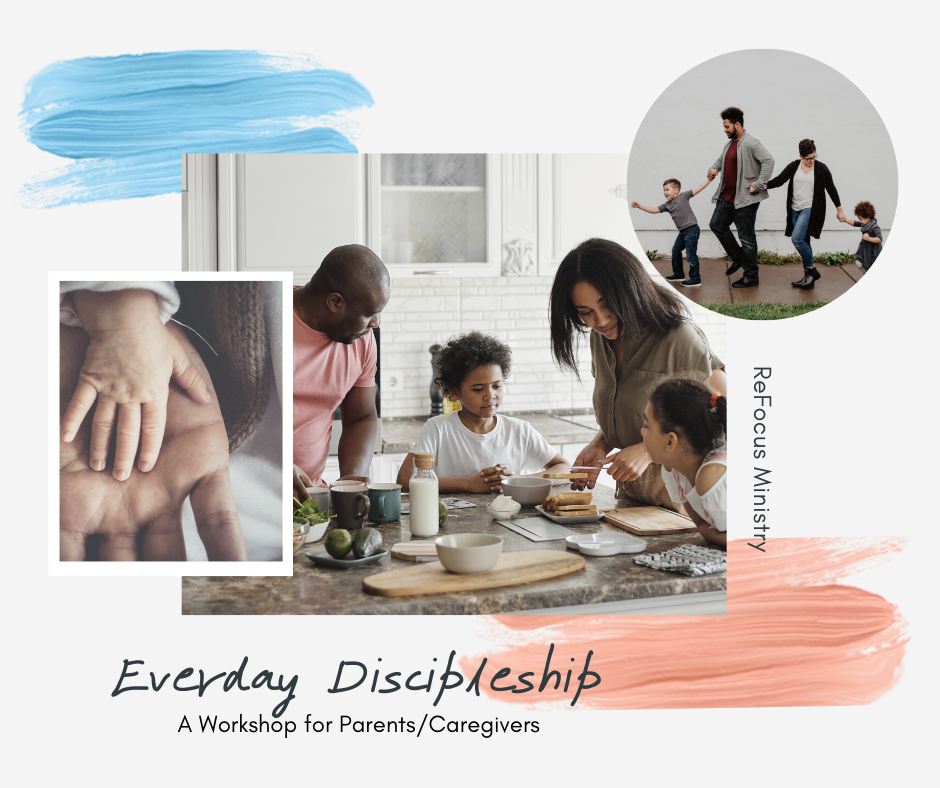“Kids ages four to 15 now spend an average of … 80 minutes per day on TikTok. [TikTok] also drove growth in kids’ social app use by 100% in 2019 and 200% in 2020.” (Source)
41% of TikTok users are between the ages of 16-24. (Source)
TikTok is one of the fastest growing social media platforms in our country today. It has recently been given an unusual spotlight at the top government level as a place of potential information harvesting by foreign countries. Despite that concern, which is being addressed at higher security levels than I feel comfortable talking about, the app continues to grow in popularity. It has been downloaded over 2 billion times with over 800 million users (Source).
So, what is TikTok?
It’s basically a media app that can be used for creating and sharing short videos. The appeal of TikTok is that it offers short, bite-sized content that can be curated for your likes and dislikes. There are “sides” of TikTok based on specific interests and allegiances. There’s a cooking side of TikTok and a book lover’s side of TikTok; there’s a political and social issue side of TikTok (with every political and social issue you can think of ) and a Marvel superhero/DC Comic side of TikTok. If there’s a subject or passion out there…you’ll find it on TikTok.
The scrolling feature of TikTok makes it easy to keep going and going and going which is why it is easy for people to spend hours a day camped out there. And TikTok knows it! In fact, if you scroll too long, a video will pop up reminding you that life exists outside of TikTok and to put your phone down, take a walk, get a drink or use the restroom.
Since kids and youth spend so much time hanging out here, I thought it would be a good idea for me to be there too.
So, I performed an experiment.
For the past two weeks, I tried to spend at least 80 minutes a day scrolling through TikTok. Since TikTok’s algorithm does a good job of curating a specific space for people based on your likes, videos that you watch longest, and accounts you click on or follow, I did my best to use my For You page as a starting point but then searched around for other “sides” of TikTok that didn’t naturally show up in my feed.
Also, as a point of information, while I did create an account so I could like and share videos, I did not post anything or offer any pertinent info about myself to the app.
What did I find out?
It’s easy to hang out there.
There’s no pressure! No articles to read. No long clips to watch. Videos are short, if you don’t like it you can skip it, and it’s easy to share videos you like with friends. And frankly, a lot of the videos are really funny or sweet.
A Hamilton fan could spend hours on the Hamilton side of TikTok and someone who loves to cook would love the cooking side. But it’s not all fun and games.
There’s no real filter for content or language
While TikTok may have some basic filters in place, let’s be real – it doesn’t catch much. Unless you “skip quick” when something comes up, just assume users will be seeing and hearing things that would be regulated by ratings if put in a movie.
There are definitely dark sides of TikTok but mostly what shows up in the “For You” feed will be mild language and sexual innuendos. But it is possible for dark stuff to sneak it pretty easily.
People will follow stories
While there’s plenty of random funny or political videos out there, the draw for many people is someone’s story. For instance, there’s a dog named Josh who was rescued by a family. Josh has some health issues and his owners document his progress. Josh has over a million followers. Other users tell their stories of huge life changes (there’s an entire ex-Mormon side of TikTok) and surgeries and weight loss.
These stories are highly empathetic and emotional and often told in a series of short videos with the storyteller telling you to “Double tap for Part 2” (follow or like). A good TikTok-er knows how to draw out the story and make it last over several weeks to build up a following.
There are a lot of “agendas”
Of course there are! Every “side” of TikTok creates a space for a platform to push an issue, belief, or way of life. It’s easy to stumble into these stories with agendas from every spectrum and, because of the high empathy, to begin to get engrossed here.
Parents and ministers, this is WHY you need to be on TikTok. Even if you don’t allow your kids to have the app, their entire generation is learning to lean into story this way. We have to understand the power of story and empathy.
My takeaways?
Just like every other major social media app out there, TikTok has its ups and downs. It’s a tool. What matters is how we use it. If the kids at your church or your child/teenager are hanging out on TikTok or have friends who are, you need to be there. You need to feel it like they do. You don’t have to like it. But you do need to get a feel for it and for why it has such a reach in the Gen Z and Millennial generations.
I will likely not continue my “80 minutes of TikTok” experiment at this time. For one, who has 80 minutes to spend scrolling on TikTok?!? But also, it was draining. The high empathy and emotion while simultaneously engaging and addicting was also exhausting and depleting. I want to ensure my emotional availability to those around me whose stories are unfolding in real life as we journey together. If I am to follow people’s stories, I want it to be the stories I have been invited into as a human being, not a TikTok user.
If you see a teen or youth who appears emotionally done in, ask them about who they follow on social media; it really could be that a great deal of their emotional energy is being spent there.
There’s much more that could be said and there are plenty of experts in psychology, development, and mental health that can share their thoughts as well. If you’d like to follow up, here are a few resources that might be helpful. It’s best to steer clear of resources that lean toward one side or the other (“It’s evil!”or “It’s fine, chill out.”). Try to find balanced reviews that acknowledge both the opportunities and the challenges. This is an important conversation to engage with the next generation so let’s be ready to meet them where they are.
- Parents’ Ultimate Guide to TikTok from Common Sense Media
- 10 TikTok Statistics You Need To Know
- For Parents: Safety Center from TikTok
- Parent’s Guide to TikTok by Connect Safely
Looking for a way to help parents/caregivers engage with their kids in everyday discipleship at home?
ReFocus Ministry is excited to offer “Everyday Discipleship: A Workshop for Parents/Caregivers.” This one-hour workshop covers an unlimited number of parents from your church to join us for a seminar including an Everyday Discipleship worksheet and follow-up resources for parents/caregivers focused on helping support and equip parents for faith formation in their homes.
This workshop has been widely attended by both ministers and parents alike with positive feedback on how it changed their perspective on discipleship in the home and got them excited about sharing their faith with their kids.
This webinar uses a Zoom format and is set up with an individualized code for your church only. All resources will be emailed prior to the webinar so you can distribute to parents with your regular communication.
Interested in learning more?
Fill out the form below with the Message: Everyday Discipleship and we will be in touch!
For more information about
- Kids in Worship
- Determining which Type of Family Ministry model works best for your church
- Discipleship in Intergenerational community
- Encouraging the continued conversation through Practical Discipleship at Home
- Seminars, Workshops, Coaching
Check out to ReFocus Ministry or “like” our Facebook page. Join our conversation at theReFocus Family and Intergen Ministry group on Facebook.
About this Blog
Refocus Ministry was started by Christina Embree, wife to Pastor Luke, mom to three wonderful kids, and church planter at Plowshares BIC. She also serves as the Minister of Generational Discipleship with the Great Lakes Conference of the Brethren in Christ.
With years of experience in family ministry and children’s ministry, she is passionate about seeing churches partnering with families to encourage faith formation at home and equipping parents to disciple their kids in the faith. She recently graduated with a Masters of Arts in Ministry focusing on Family, Youth and Children’s Ministry at Wesley Seminary, she also blogs at www.refocusministry.org and is a contributing blogger at D6 Family, ChurchLeaders.com, and Seedbed.





2 Comments